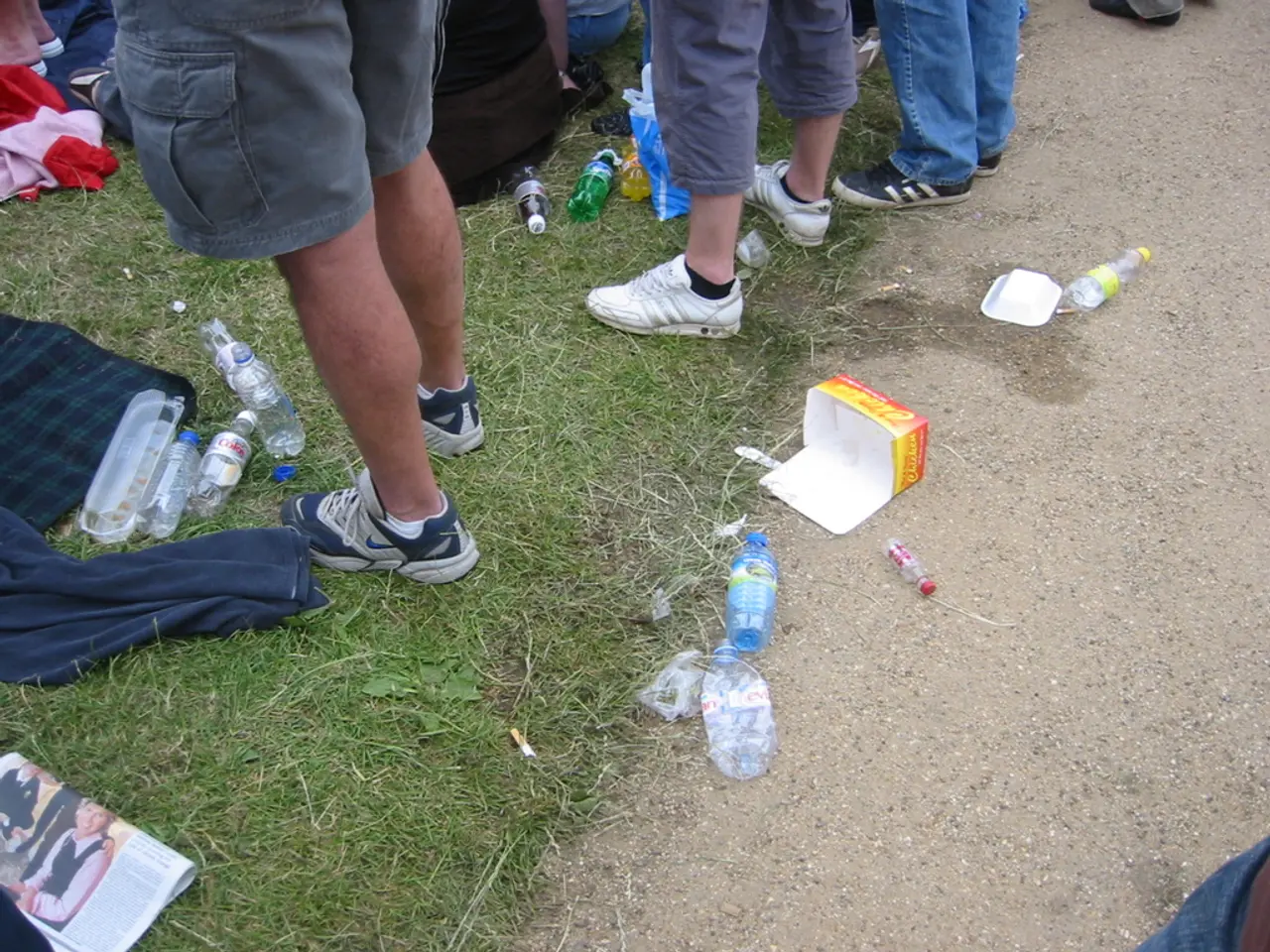Equipment for Trainees and Overseers: Power Lawn Mowers
Operating a power lawn mower can be a simple task, but it's crucial to follow safety guidelines to ensure a smooth and injury-free experience. Here are some key practices to help you navigate the world of power lawn mowers safely.
Understanding the Controls
Before you start, familiarise yourself with the controls of your power lawn mower. Read the operator’s manual thoroughly, test all controls such as steering, stopping, and blade disengagement, and practice operating the mower on flat terrain before using it on complex landscapes.
Wearing Appropriate Safety Gear
Safety should always be your top priority. Always wear eye protection (safety glasses), hearing protection, steel-toed boots, long pants, and gloves to protect from debris, noise, vibrations, and potential injury. A helmet is recommended for uneven or wooded terrain.
Inspecting the Mower Before Each Use
Before each use, check your mower's condition. Inspect tire pressure and condition to avoid tipping, check blades for dullness or damage to prevent engine strain, test brakes and emergency shut-offs, and ensure the deck is clean to reduce fire hazards and maintain airflow.
Operating Carefully and Mindfully
Turn off the mower’s power or engine before clearing clogs or touching blades. Never reach into a running mower. Regularly check and tighten bolts, screws, and blade mounts to prevent loose parts which may cause malfunctions or accidents.
Handling Fuel Safely
If using a gas-powered mower, carefully handle and store fuel to avoid fire risk. Ensure vents around the motor and battery are free from dust and grass clippings to avoid overheating and maintain performance.
Evaluating Terrain
Assess the mowing area to avoid hazardous slopes or uneven ground that could cause loss of control or tipping. When mowing on a slope with a riding mower, mow down the slope, and when mowing on a slope with a push mower, mow across the slope.
Other Important Guidelines
- Never fill the gasoline tank on a hot power lawn mower.
- Start push mowers from a firm stance with feet in a safe position.
- No extra riders on self-propelled mowers.
- Foreign objects can fly from the mower, so make sure the mowing area is clear of people and animals.
- Before operating any power lawn mower, read the operator’s manual.
- Be aware of power-take-offs on riding mowers.
- A power lawn mower blade whirls at 2,000 to 4,000 revolutions per minute.
- Turn off the motor before removing a foreign object from a power lawn mower.
- Sturdy shoes are a must for mowing; steel-toed work boots are advised.
- A mower can tip over easily.
- Disconnect the spark or electric plug before repairing a power lawn mower.
- Keep both feet on the footrests of a riding mower.
- Take mowers out of gear before starting.
- Know how to disengage the clutch and stop the engine on a power lawn mower.
- Wear protective, close-fitting clothing when operating a power lawn mower.
- Take rest periods as needed.
- Store gasoline in an approved, properly labeled container.
- Provide routine maintenance for power lawn mowers.
- Never disengage any safety interlock switch on a power lawn mower.
- Never leave a running mower unattended.
- Warn humans and pets to stay away from operating power lawn mowers.
- Never store gasoline or any other hazardous material in a food container.
By adhering to these guidelines, you can ensure safe and efficient operation of power lawn mowers, minimizing risks of injury or equipment damage. Happy mowing!





